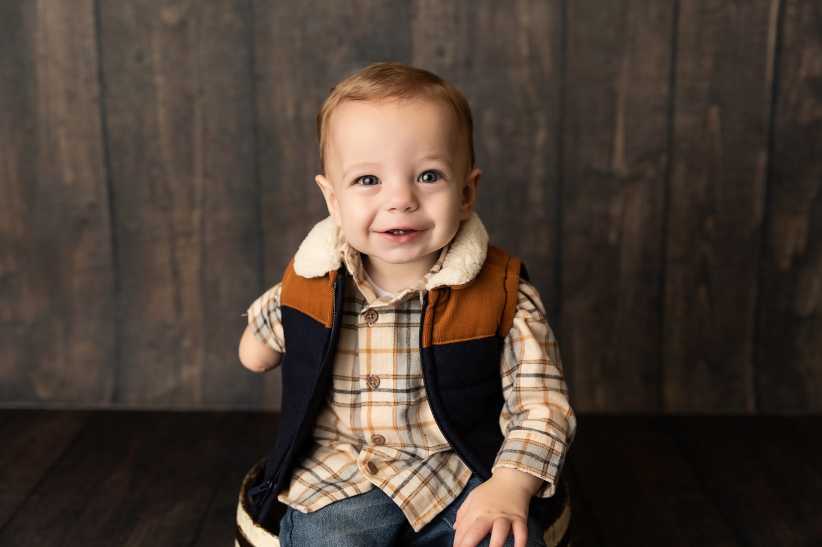This is the second part of a two-part series about the book, I Didn’t Cause It, I Can’t Change It.
In the 2016 publication, I Didn’t Cause It, I Can’t Change It, authors Mary Ryan Woods and Adrienne Murray dedicate their book to mothers of children suffering from co-occurring disorders in which a patient suffers from a mental illness and substance abuse simultaneously.
After interviewing more than a dozen mothers, the authors address problems these caregivers have in common. The issues range from dealing with the stigma within their community for having a child with a co-occurring disorder to attending support groups and sharing with other mothers their own experiences.
According to Woods and Murray, many mothers have trouble accepting their child’s co-occurring diagnosis. As they write, “In the late 1960s, a man named Bill Milliken wrote a book called ‘Tough Love’ that promoted authoritarian parenting. During this period, some parents were called ‘helicopter parents’ because they wouldn’t give their children the freedom to ‘figure things out for themselves.’ ”
Unfortunately, since co-occurring disorders are chronic brain diseases, authoritarian parenting “has hurt more than it has helped those with COD.” Contrary to the concept of tough love, the support of a united family unit is “the best indicator of success for an individual with COD.” A parent should never give up on her child, no matter how bleak the diagnosis.
Treatment programs
Mothers should be aware that sometimes it takes a major incident for them to realize their child should be admitted to a treatment program. Usually, if their child is arrested or hospitalized, the family will have to find a treatment program best suited for their child.
Families should also know that if their child is not receiving treatment for both his mental illness and substance abuse simultaneously, their child will not recover. Only once their child is sober and stable can recovery begin.
Woods and Murray list 10 different types of treatment for co-occurring disorders, such as family therapy and 12-step programs. Both authors assert that by the time the a family finds effective treatment, “it may have been through many different providers who used a variety of different treatment methods.”
When their child enters a treatment facility, mothers often feel left on the outside. It can be hard for them to trust the process. As a co-occurring disorder is a chronic disease, a patient does not recover after a 28-day stay in a treatment facility. The family must understand that recovery is “a marathon, not a race.”
As parents reach out and learn how to cope with their child, they should also see any perceived failure “as a step closer to recovery and wellness.” Even if their child experiences a setback, it is an opportunity for growth. Most patients relapse because of “increased stress, the surfacing of underlying trauma, or simply becoming successful.”
The authors view a relapse in a more positive light, adding, “Relapses are treatable and often are the gateway to deeper insight, commitment, and recovery. Understanding what precipitated the relapse and learning new coping skills are the focus of treatment.”
Just like their children, families must work on learning to grow and evolve.
“If there are adequate family supports in place, there will be a 50 percent decrease in hospitalization of their child,” the authors write.
Anchoring versus enabling
Many mothers parenting an adult child with a co-occurring disorder often feel they are playing a role of “uncertainty.” Sometimes, mothers make decisions “out of fear without the best information or skills to do anything else.”
Over the years, one type of ineffectual parenting that has surfaced is called “enabling,” which is demonstrated when a parent gives her child money that is then used to buy drugs, bail an individual out of jail, or pay a speeding or DUI ticket.
Although the parent has a made a well-meaning gesture, these behaviors have “lasting negative consequences for the individual as well as the family, because they continue to support the disease process rather than treatment and recovery.”
While a mother may be thinking she is trying to keep her child alive, she is “all too often told that they enable their children’s addictions of symptomatic behavior.”
Anchoring, on the other hand, means that a mother is there for her adult child no matter how serious the situation is. As the authors explain, “Sometimes she’s the care manager, sometimes the crisis intervener. When an individual is incapacitated due to these brain diseases, the need to step in is great.”
Their children can still drift, but when a parent is an anchor, they don’t drift so far that “they get lost in the sea of homelessness, victimization, and addiction.”
As the authors explain: “A mother acting as an anchor keeps her son or daughter connected to the community. She provides a safe place for the person living with co-occurring disorders so that he or she can learn new and effective ways to cope. In this role, she is able to provide consequences that are effective but not punitive.”
Remission and recovery
If mothers expect long-term remission for their children, they must smoothly transition their child from a treatment facility into more independent living by following four important steps:
• Procure stable housing
• Establish a sober support network which includes family members
• Maintain regular meaningful activity
• Develop trusting, healthy relationships
When their child finishes treatment, “a comprehensive discharge plan is imperative for the whole family.” After playing the role of “the first responder” for their child for so long, most mothers say it is hard to let their child go so he can experience life and make his own choices. As their child transitions to a more independent lifestyle, mothers admit they still fear for the safety and stability of their child.
Good communication skills and supports help families avoid falling into patterns of “codependence,” in which people rely on each other and there are harmful consequences. Families should focus on instead interdependence, which “is defined as the mutual dependence between individuals…who need extra supports to be successful.”
Sometimes families have difficulty accepting who their child has become, versus the expectations of what the parent or family had hoped for. It is important for siblings to seek out support and treatment for themselves “to gain forgiveness and resolve issues.”
The mother may often fall into a depression when her child leaves, as she has put her own life on hold in order to seek treatment for her child. The mother may need to seek treatment for herself if she is no longer taking proper care of herself or her relationships with friends and family has “wilted.”
After speaking with the mothers they interviewed, the authors observed: “It’s important to find people to bond with who understand the experience.” Woods and Murray also suggest mothers write down their feelings in a journal to gain perspective.
Comparing a family’s journey in recovery to a destructive wildfire, the authors write, “When an individual takes a step back to look at the bigger picture, they can see that the other attribute of fire is one of cleansing. What is old can be removed to make way for something new and more beautiful than the family may ever have imagined.”
Allison Plitt lives in Queens with her 12-year-old daughter and is a frequent contributor to this publication.





















